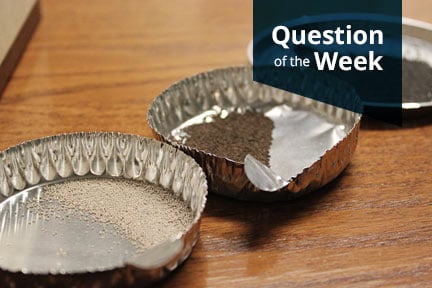While indirect coolers are used far less commonly than their direct cooling counterparts, they are often the best solution in a few specialty applications.
A direct cooler relies on direct contact between the material and chilled air in order to cool the material, which can be a problem with lightweight materials that could become entrained in the airstream, resulting in lost product. For this reason, indirect coolers are often employed when the material to be cooled is extremely lightweight. Utilizing an indirect cooler to process a lightweight material will avoid the issue of losing product to the air stream.
Indirect coolers are also useful when the processing environment must be tightly controlled, such as in situations where the material would otherwise oxidize or burn from contact with the air stream.
Common applications for indirect coolers are the processing of pigments and other powdered materials. For more information on indirect coolers and how they work, see A Look at Indirect Coolers.



